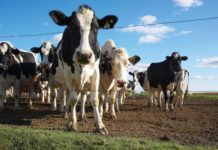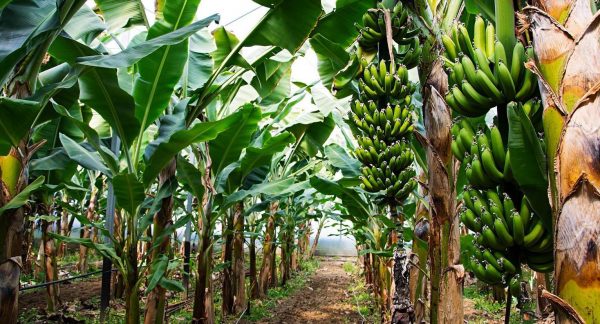The demand for agricultural products is surging in countries such as Brazil, India, the U.S., and China due to the rapid urbanization, surging disposable income, and changing consumption patterns of the booming population. On account of the soaring demand, these countries are leveraging artificial intelligence (AI) to increase their overall agricultural productivity. Owing to this reason, the AI in agriculture market is expected to progress at a robust CAGR of 24.8% during 2020–2030. According to P&S Intelligence, at this rate, the value of the market will rise from $852.2 million in 2019 to $8,379.5 million by 2030.
In recent years, the usage of smart sensors has increased tremendously in agriculture, as they enable farmers to map their fields accurately and apply crop treatment products to the areas that need them. Moreover, the development of several operation-specific sensors, including airflow sensors, location sensors, weather sensors, and soil moisture sensors, is assisting farmers in monitoring and optimizing their yields. Additionally, technology companies are developing smart sensors that are adaptable to the altering environmental conditions.
Additionally, the agrarian community is deploying drones in large numbers to monitor the growth and health of crops. Farmers use drones to scan the soil health, estimate the yield data, draft irrigation schedules, and apply fertilizers. Besides, the increasing support from the government has led to the widescale adoption of drones for modernizing agricultural practices. For example, in January 2019, the government of Maharashtra, India, partnered with the World Economic Forum (WEF) to enhance the agricultural yield by gathering insights about the farms through drones.
How Are AI-Powered Smart Sensors Improving Agricultural Practices?
Further, AI is being used in the agriculture sector to monitor the livestock in real-time. The utilization of AI solutions, such as facial recognition and image classification integrated with feeding patterns and condition score, enables dairy farms to individually monitor all the behavioral aspects of a herd. Moreover, farmers are using machine vision to recognize facial features and hide patterns, record the behavior and body temperature, and monitor the food and water intake of the livestock.
North America witnesses large-scale deployment of the AI technology in agricultural activities owing to the early adoption of computer vision and machine learning (ML) for soil management, precision farming, greenhouse management, and livestock management. Moreover, the increasing adoption of the internet of things (IoT) technology bolstered with computer vision will promote the application of AI solutions by the farming community. Besides, the existence of numerous technology vendors and sensor manufacturers in the region promotes the usage of the AI technologies in the agricultural space.
Furthermore, the Asia-Pacific (APAC) region is expected to adopt AI-enabled agricultural solutions at the fastest pace in the coming years. The high adoption rate of AI in China, Australia, India, and Japan will contribute significantly to the APAC AI in agriculture market in the future. Moreover, the entry of the Alibaba Group in the agricultural solution business, with its AI technology, will increase the penetration of these solutions in the Chinese agricultural industry. Additionally, India is utilizing such solutions due to the escalating effort by multinational companies (MNCs) and the government to spread awareness regarding data sciences and farm analytics among farmers.
Thus, the growing need to increase the crop yield and improve livestock management will fuel the adoption of AI-enabled solutions in the agricultural space.
Source: P&S Intelligence









[…] Get Original Links Here🡽 Post navigation ← Previous Post […]
[…] Farmers Increasing Their Crop Yield with Artificial Intelligence – Farmers Review Africa […]
[…] Source link […]
Comments are closed.